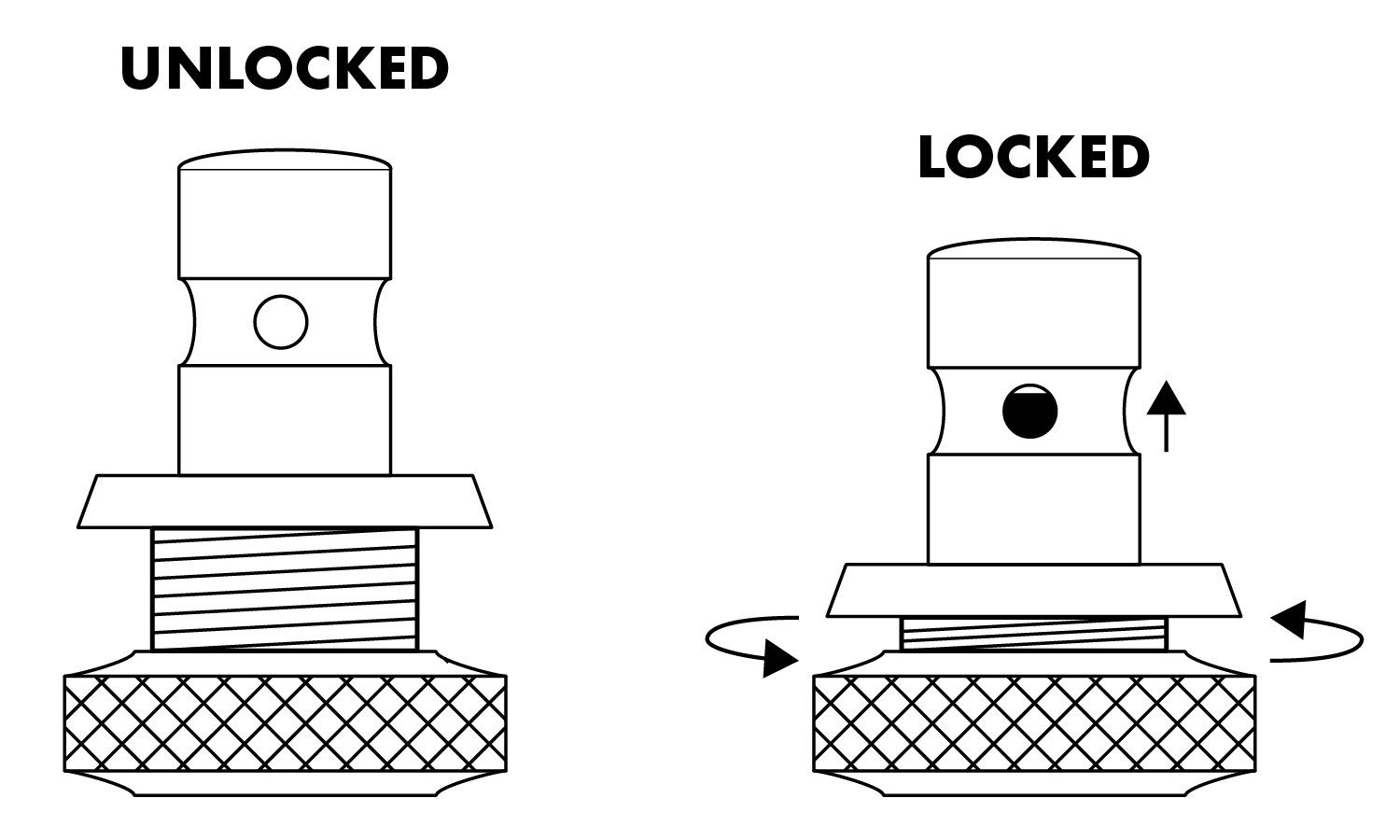What are Locking Tuners and how do they work?
If you’re just starting out with your electric guitar, or even if you've been playing for a few years, you’ve probably heard the term "locking tuners" thrown around, especially if you're browsing for gear upgrades. But what exactly are locking tuners, and how do they work? In this post, we’ll break it down for you in a way that’s easy to understand, so you can make the most out of your guitar-playing experience.
What Are Locking Tuners?
First, let’s start with the basics. Tuners on a guitar are the small machines on the headstock that allow you to adjust the pitch of each string. Most standard tuners use a traditional setup where you wrap the string around the tuning peg. This can be a bit tedious and may take some extra time to get your strings perfectly tuned and to hold pitch.
Locking tuners, however, offer a more convenient and reliable way to keep your strings in tune. Instead of the usual winding process, locking tuners clamp down on the string, which keeps it securely in place. This can help prevent slippage and make string changes faster and easier.

How Do Locking Tuners Work?
Locking tuners work by using a mechanism that clamps the string directly onto the tuning peg. Here are the steps:
String Insertion: When you put a new string through the tuner hole, you pull it straight through and pull it tight. This is different to a regular tuner, where you will usually leave some slack to have the string loop around the tuner multiple times.
Locking Mechanism: Once you have the string pulled through, you engage the locking mechanism that locks the string in place. This could be a screw, a clamp, or even a cam system, depending on the design of the tuners.
Tuning: Once the string is locked in place, you simply use the tuner to adjust the pitch. Since the string is clamped, it doesn’t move around or slip, which helps keep it in tune even during heavy playing or changes in temperature.
Benefits of Locking Tuners
Locking tuners are a popular upgrade for many guitar players for several reasons:
Faster String Changes: With locking tuners, you don’t have to spend as much time winding the string around the tuning peg. You simply lock it in place, tune it up, and you’re good to go!
More Stable Tuning: The locking mechanism minimizes slippage, meaning your guitar will stay in tune for longer periods—great for players who do a lot of bending, vibrato, or heavy strumming.
Neater Appearance: Locking tuners often give your guitar a cleaner, more streamlined look, as you don’t have all the extra string winding taking up space on the peg.
Are Locking Tuners Right for You?
Locking tuners can be an excellent choice for guitarists who want to improve tuning stability and save time on string changes. However, they’re not necessarily essential for every player. If you’re just starting out and don’t mind spending a bit more time adjusting your tuners, you may not need them immediately. But if you’re playing a lot of gigs, using heavy string bending, or simply want a more hassle-free experience with tuning, a guitar with locking tuners will certainly be worth its weight in gold!
Locking Tuners on Artist Guitars' Signature Range
You may have noticed that we have two categories of electric guitars: Beginner Electrics and Signature Electrics. On many of the Signature series guitars, we have locking tuners already installed to give you the best playing experience possible. For example, our ST62's, AS62's, 58DLX's, and AP59's are just some of the many guitars that come with locking tuners. If you're unsure if the guitar you're interested in has locking tuners, take a look at either the description, the photos of the back of the headstock, or give us a call or email and we can answer any questions you might have.
Final Thoughts
In a nutshell, locking tuners provide a quicker and more reliable way to keep your guitar in tune. While they’re a useful tool, they’re just one of many features you can explore as you progress in your playing; they're one of the many quality-of-life upgrades that you'll notice on our Signature series, and you'll certainly feel that you've moved up in build quality when looking at guitars in that series.
So, next time you're in the market for a new guitar, consider giving locking tuners a try. Your guitar will thank you with better tuning stability, faster string changes, and less hassle when it’s time to restring.
Happy playing!
Thanks for reading this blog! For even more great content, check out these pages:
I hope this article has helped. if you need any assistance please email:
sales@artistguitars.com.au or call us on 1300 489 816
© Artist Guitars 2020